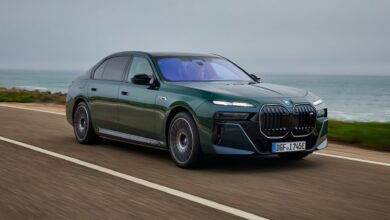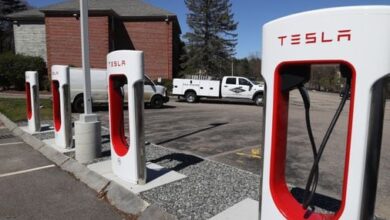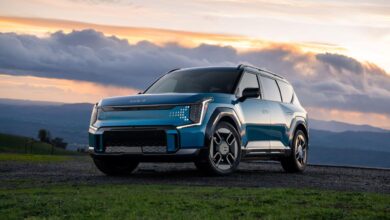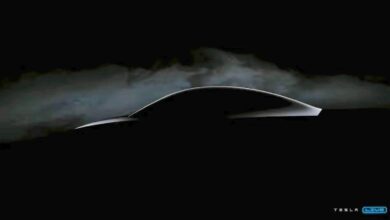Car fleet operator rolls out “fuel card” that can be used for EV charging

Australia’s automotive industry is gearing up to service larger electric car fleets, with the announcement of the first “fuel card” that can also be used to charge electric vehicles.
Electric vehicle platform Chargefox and Corpay launched the product on Thursday in a move the firms said would support large corporations making the transition from petrol and diesel to EVs.
The announcement comes less than a week after the Senate passed Australia’s fuel-efficiency standard into law, which will encourage automakers to bring more low-emission vehicles to the nation from next year.
Corpay ANZ vehicle payments managing director Sam Steel said corporate interest in electric cars was already high, but many organisations were trying to work out how to make the switch smoothly.
“More and more of our customers have started demanding payment options that include electric cars,” he told AAP.
“This is about expanding our footprint and vehicle payments into what we’d call future fuels.”
The company’s fuel card, called FleetCard +Electric, will allow users to pay for petrol at traditional service stations as well as electricity at Chargefox’s network of vehicle chargers.
Mr Steel said making both options available would be important during the transition period as companies assessed how to integrate hybrid and electric cars into their fleets.
“In research we’ve done, up to 50 per cent of respondents are considering EV purchases,” he said.
“We do expect it to grow and accelerate over the next few years.”
Chargefox marketing head Rob Asselman said helping large companies overcome barriers to adding electric cars to their fleets was vital and would accelerate adoption.
“There’s an acceptance that vehicles are transitioning to battery electric vehicles and that’s going to happen, which is a lot of progress,” he said.
“Now it’s about how are we doing to do this without having a huge amount of burden.”
Mr Asselman said businesses could play a huge role in Australia’s move to low-emission transport as they often purchased hundreds of vehicles at a time, fuelled the second-hand car market, and many deployed larger, high-emission vehicles.
More electric vehicles are expected to be imported into Australia from next year after the federal government’s New Vehicle Efficiency Standard was passed into law on Friday, to be introduced in January 2025.
The standard will set emission limits on vehicle fleets, with a target to cut emissions from passenger vehicles by 60 per cent and commercial vehicles by 50 per cent in 2029.



